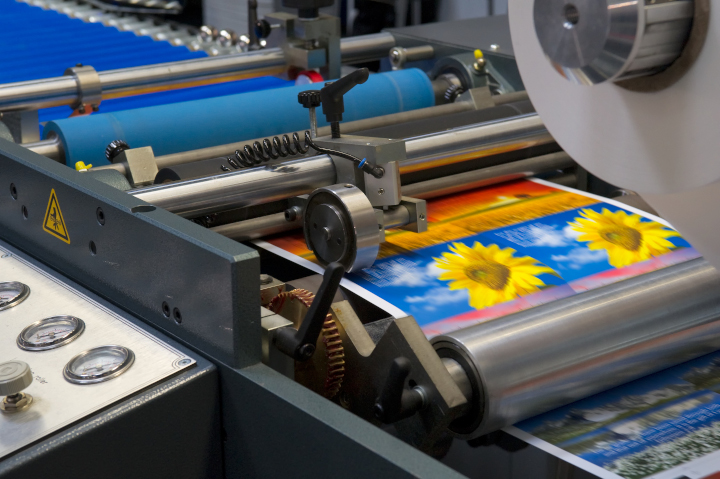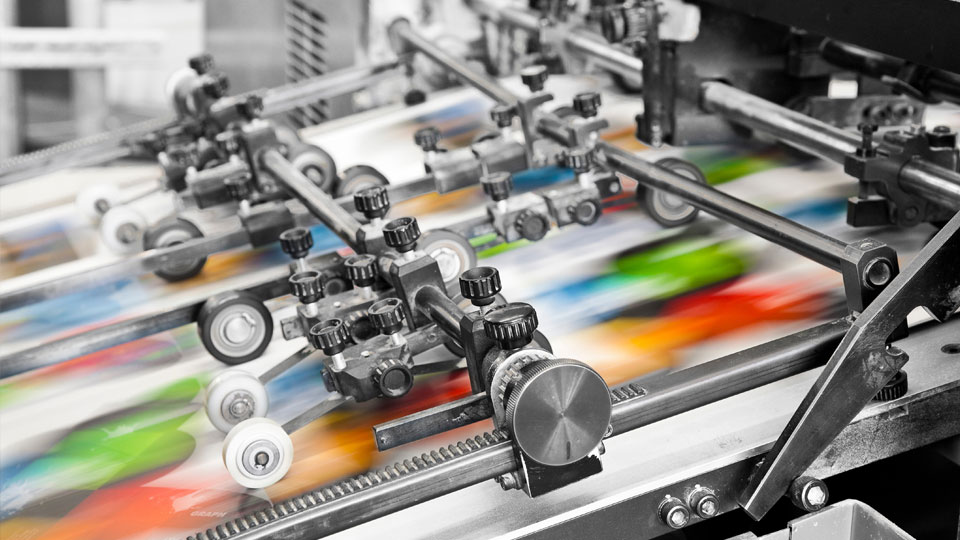In the ever-evolving world of printing, offset printing remains a cornerstone of the industry. However, like any technology, it comes with its own set of challenges and solutions. Understanding these aspects is crucial for businesses looking to optimize their printing processes. This article delves into the offset printing challenges and solutions to help businesses navigate this complex landscape.

Understanding Offset Printing
Offset printing is a widely used printing technique where the inked image is transferred from a plate to a rubber blanket, and then to the printing surface. It is known for its high-quality output and efficiency, especially for large volume print jobs. However, despite its advantages, there are several offset printing challenges that businesses need to be aware of.
Common Offset Printing Challenges
One of the primary challenges in offset printing is maintaining color consistency. Achieving the same color quality across different batches can be difficult due to variations in ink and paper quality. Additionally, set-up times and costs can be high, especially for small print runs. This makes offset printing less economical for short-run jobs compared to digital printing.
Color Consistency
Color consistency is crucial in offset printing, especially for businesses that rely on brand colors. Any variation can lead to a significant impact on brand image. To combat this, businesses need to invest in high-quality inks and regularly calibrate their printing equipment. Adopting standardized processes can also help in maintaining color consistency across different print jobs.
Set-up Times and Costs
The process of setting up an offset press involves creating plates for each color used in the print job. This can be time-consuming and costly, particularly for short print runs. Businesses need to weigh the cost benefits of offset printing against digital printing, which can be more cost-effective for smaller jobs. For more insights, you can explore the differences between offset and digital printing on this external resource.
Paper Quality Issues
The quality of paper used in offset printing significantly affects the final output. Low-quality paper can lead to issues such as ink bleeding or smudging. To avoid this, businesses should choose the right paper type based on the specific requirements of their print job. Understanding the differences between various paper types and their impact on print quality is essential for achieving the best results.
Effective Solutions for Offset Printing Challenges
Despite the challenges, there are several solutions that businesses can implement to enhance their offset printing processes. By adopting advanced technologies and strategic planning, businesses can overcome these obstacles and achieve high-quality prints.
Investing in Technology
The use of advanced printing technologies can significantly reduce the challenges associated with offset printing. Modern printing presses come equipped with features that automatically adjust color and register settings, ensuring consistent and high-quality prints. Regular maintenance and upgrades of printing equipment can also help in minimizing downtime and improving efficiency.
Training and Skill Development
Having a skilled workforce is crucial for overcoming offset printing challenges. Providing regular training and skill development opportunities for employees can enhance their understanding of the printing process and enable them to troubleshoot issues effectively. This not only improves the quality of prints but also boosts overall productivity.
Strategic Planning and Management
Effective planning and management are key to optimizing offset printing processes. Businesses should conduct thorough assessments of their printing needs and develop strategies to address potential challenges. By forecasting demand and planning production schedules efficiently, businesses can minimize waste and reduce costs.
Offset Printing for Different Applications
Offset printing is versatile and can be used for various applications, including newsletters, business cards, and magazines. Each application comes with its own set of challenges that need to be addressed to ensure optimal results.
Offset Printing for Newsletters
Printing newsletters requires high-quality images and text. Businesses need to ensure that their printing processes can handle the detailed requirements of newsletters, including color accuracy and paper quality. By choosing the right printing materials and technologies, businesses can overcome these challenges and produce professional-looking newsletters.
Offset Printing for Business Cards
Business cards are a vital marketing tool for any business. Ensuring high-quality offset printing for business cards is essential for making a strong first impression. Businesses should focus on selecting the right paper stock and finishes to enhance the look and feel of their business cards.
Offset Printing for Magazines
Magazines require a high level of detail and color accuracy. Offset printing is ideal for magazine production due to its ability to produce vibrant images and sharp text. However, businesses need to address challenges such as paper quality and print run length to ensure that magazines meet industry standards.
Future Trends in Offset Printing
The future of offset printing is promising, with advancements in technology and materials driving innovation. Businesses can look forward to faster printing speeds, improved print quality, and more sustainable printing solutions.
Embracing Sustainability
Sustainability is becoming increasingly important in the printing industry. Businesses are adopting eco-friendly practices, such as using recycled paper and soy-based inks, to reduce their environmental impact. By embracing sustainable printing solutions, businesses can not only address offset printing challenges but also contribute to a greener future.
Technological Innovations
Advancements in printing technology are making offset printing more efficient and cost-effective. From automated plate-making systems to digital workflow solutions, these innovations are helping businesses overcome traditional printing challenges and enhance their capabilities.
Conclusion
Offset printing continues to be a valuable tool for businesses looking to produce high-quality prints. By understanding the challenges and implementing effective solutions, businesses can optimize their printing processes and achieve success. For more information on the difference between offset and flexo printing, visit this external link.

FAQs
What are the main challenges in offset printing?
The main challenges in offset printing include color consistency, set-up times and costs, and paper quality issues. These challenges can affect the quality and efficiency of the printing process.
How can businesses improve their offset printing processes?
Businesses can improve their offset printing processes by investing in advanced technologies, providing training for employees, and implementing strategic planning and management practices.
What are the future trends in offset printing?
Future trends in offset printing include increased sustainability and technological innovations. These trends are expected to enhance the efficiency and quality of offset printing, making it a more viable option for businesses.
This article contains affiliate links. We may earn a commission at no extra cost to you.







